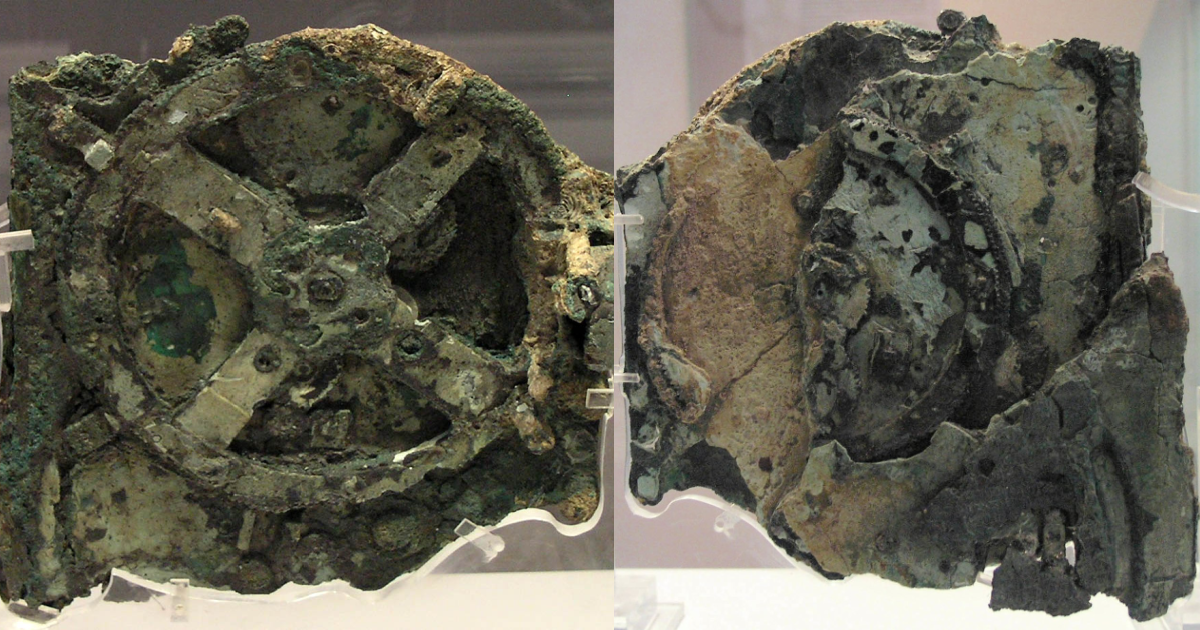
When you think about treasures aboard ancient shipwrecks, computers probably aren’t the first thing to come to mind.
Or the last, honestly.
And while this isn’t a computer in the sense that we think about them now, the object has been a long-unsolved mystery of the deep.
Until now.
The object, known as the Antikythera mechanism, was discovered on a sunken shipwreck in 1901. It dates back to the second century BCE, which makes it the oldest known “computer.”
Using cutting-edge gravitational wave research, scientists say they’re closer than ever to solving the 2,000-year-old mystery.
The researchers, out of the University of Glasgow, used statistical modeling techniques to uncover that the Antikythera mechanism was likely used to track the Greek lunar year.
They found that the regularly spaced holes in a “calendar ring” were marked to describe the “motions of the sun, Moon, and all five planets known in antiquity and how they were displayed at the front as an ancient Greek cosmos.”
Researchers Graham Woan and Joseph Bayley used modern technology to suggest the ring had 354 holes in it – the same number of days in lunar year.
They say this rules out the possibility of it measuring a solar year.
“A ring of 360 holes is strongly disfavoured, and one of 365 holes is not plausible, given our model assumptions.”
The statistical models they used included data from the Laser Interferometer Gravitational-Wave Observatory (LIGO), which is a huge physics experiment designed to measure far-off ripples in spacetime.
The technique, known as Bayesian analysis, was integral.
“It uses probability to quantify uncertainty based on incomplete data, to calculate the likely number of holes in the mechanism using the positions of the surviving holes and the placement of the ring’s surviving six fragments.”
The inspiration came from a surprising place: a YouTuber who has been trying to recreate the ancient mechanism.
“Towards the end of last year, a colleague pointed me to data acquired by YouTuber Chris Budiselic, who was looking to make a replica of the calendar ring and was investigating ways to determine just how many holes it contained.”
They hope their breakthrough will lead to more answers in the near future.
“We hope that our findings about the Antikythera mechanism, although less supernaturally spectacular than those made by Indiana Jones, will help deepen our understanding of how this remarkable device was made and used by the Greeks.”
More evidence that the ancient world was far more advanced than we usually can believe.
Maybe we haven’t come as far as we think.
If you thought that was interesting, you might like to read about the mysterious “pyramids” discovered in Antarctica. What are they?